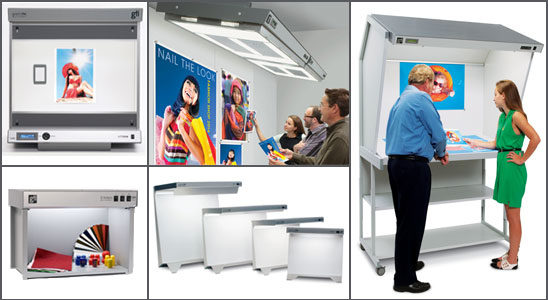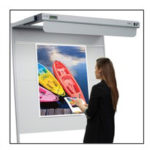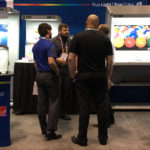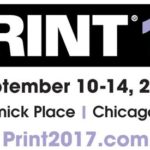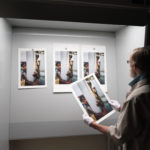August 6, 2015
The Five Keys to Accurate Color Viewing
What do a photographer, commercial printer, and sign printer have in common? They all have a need to accurately communicate color. When they carry out this objective consistently and accurately they are providing a high level of value to their clients and increasing the efficiency of their business.
Reproducing color accurately is a complicated process, especially when different substrates, technologies, and production facilities are involved. To help ensure that accuracy is achieved, viewing comparisons across the supply chain should be made in viewing conditions that comply with the ISO 3664:2009 standard.
ISO 3664:2009 is the international color viewing standard for the graphic technology and photography industries. It is a set of specifications that enables lighting engineers and manufacturers to design, test, and certify their color viewing systems to the industry standards, and challenges them to enhance the performance of their products. There are five specific conditions to meet when designing an ISO 3664:2009 compliant viewing booth.
- Color Quality
D50 light is a daylight simulation that has a color temperature of 5000K. This representation of natural daylight is used to view prints, photographs, and other graphic arts applications. It should be noted that not all 5000K lamps are equal. To maintain compliance with the standard use only ISO 3664:2009 compliant lamps in your viewing booth. - Light Intensity
Consistent light intensity is critical to consistent image rendition. The standard provides a target intensity designed to allow full tonal visibility of shadow detail without washing out highlights. Color decisions should be under light that is between 1750 and 2250 lux, with 2000 lux being optimum. - Evenness
Even light intensity across an image assures correct interpretation of print/reproduction quality. Evenness is ensured by measuring illuminance at several evenly distributed points on the viewing surface. Illumination should be at least 1200 lux (60% of 2000) intensity at all points on the viewing surface. - Surround
Surround color and reflectance affect color appearance. ISO 3664:2009 specifies Munsell neutral gray, to ensure that the surround and backing are neutral and matte. GTI Graphic Technology, Inc., the leading manufacturer of color viewing systems, uses Munsell N8/ neutral gray paint to meet this condition. - Geometry
The presence of excessive glare is distracting and can hide reproduction detail. Therefore, the light source, image, and the observer’s eyes need to be positioned to minimize glare. The standard does not explicitly specify lighting geometry, but states it should be minimized.
Selecting a viewing booth to meet your requirements is easy. Determine what size viewing area you need, it is recommend that your viewing area be large enough to allow side-by-side comparison of prints and proofs. You should also consider the number of people who will be involved in the viewing process when selecting your viewing station. GTI manufactures ISO 3664:2009 viewing systems ranging from small desktop viewers to wall viewing systems specifically designed for large format printers.
In conclusion, standardized viewing conditions are required when discussing and communicating about color. ISO 3664:2009 is designed to help implement standardized viewing conditions across the production and supply chain. The standard not only specifies D50 lamps but proper illumination at the viewing table. Therefore, the easiest and most efficient way to achieve ISO 3664:2009 compliance is to use an ISO 3664:2009 compliant viewing station and to maintain it with regular relamping. The result will be fewer proofing cycles, faster customer approvals, better communication between stakeholders, and lower cost.
